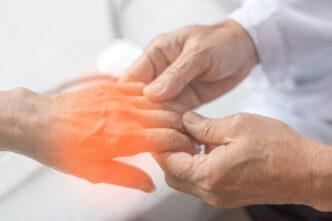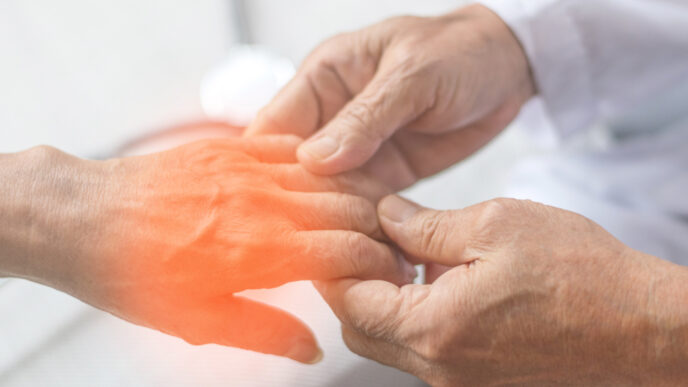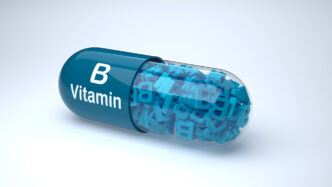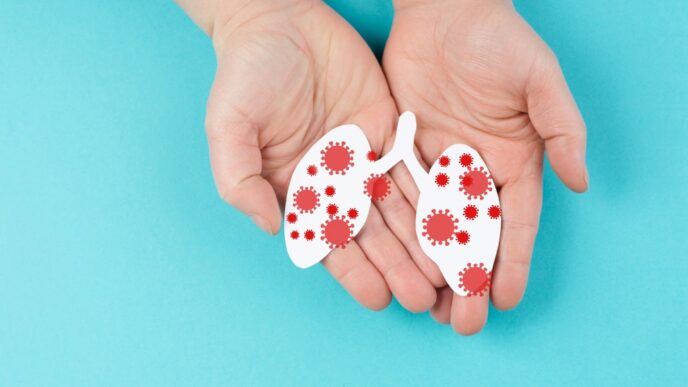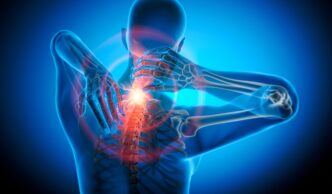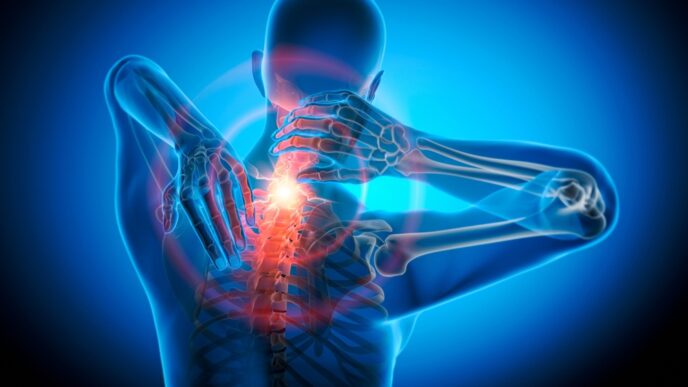Malaysia’s heatwaves are becoming more intense. While heatstroke often grabs the headlines, there’s another hidden threat: your muscles and joints. In March 2024, the Ministry of Health reported a sharp rise in heat-related illnesses and emergency visits, with experts linking many cases to musculoskeletal problems. Here’s how heat impacts your body and how to protect yourself.
WORDS ASSOCIATE PROFESSOR DR SANJIV RAMPAL
 FEATURED EXPERT FEATURED EXPERTASSOCIATE PROFESSOR DR SANJIV RAMPAL Consultant Orthopaedic Surgeon School of Medicine IMU University Website | Instagram | Facebook | X (Formerly Known as Twitter) | TikTok |
HOW HEAT AFFECTS YOUR MUSCLES AND JOINTS
When your body gets too hot, it works overtime to cool itself down. This process can be tough on your muscles and joints, causing several problems:
Dehydration and Cramps
- Sweating a lot doesn’t just make you thirsty; it also drains your body of crucial minerals called electrolytes.
- These minerals are essential for proper muscle function, and losing them can lead to painful muscle cramps and spasms.
Stiffening Tissues
- Dehydration affects your tendons and ligaments, making them less flexible.
- Think of it like a dried-out rubber band — it’s more likely to snap under stress.
- This can increase your risk of injury.
Worsened Inflammation
- Heat stress can increase inflammation in your body.
- If you have conditions like arthritis, this can make existing pain, stiffness, and swelling much worse.
Increased Risk of Injury
- Heat fatigue can make you less focused, increasing your chances of a misstep or awkward movement that could lead to a sprain or strain.
COMMON PROBLEMS EXPERIENCED DURING A HEATWAVE
During a heatwave, be on the lookout for these signs that your muscles and joints are struggling:
- Muscle cramps. Sudden, painful spasms in your calves, thighs, or abdomen are a clear sign of dehydration and electrolyte loss.
- Gout flares. Dehydration can make the uric acid in your blood more concentrated, which can easily trigger a painful gout attack, often in your big toe.
- Worsened arthritis symptoms. You might notice more pain, stiffness, and swelling in your joints if you have arthritis.
- Tendon and ligament injuries. Your connective tissues become less flexible in the heat, making you more prone to sprains and strains during physical activity.
5 WAYS TO STAY HEALTHY IN A HEATWAVE
You can beat the heat and protect your body. Here are five easy steps to help you stay healthy:
#1 Stay Hydrated
- Drink plenty of water throughout the day, even if you’re not thirsty.
- If you’re exercising outdoors for a long time, consider a drink with electrolytes to replenish lost minerals.
#2 Avoid Peak Heat
- Plan your exercise and outdoor chores for the cooler parts of the day, such as early morning or late evening.
- Avoid intense activity between 10 am and 4 pm.
#3 Dress for the Weather
- Wear loose, light-colored clothing made from breathable fabrics like cotton.
- An umbrella can also provide much-needed shade.
#4 Listen to Your Body
- Pay attention to signs of heat stress like muscle cramps, dizziness, or unusual fatigue.
- If you feel unwell, stop what you’re doing, find a cool spot, and rest.
#5 Adjust Your Routine
- If you have a pre-existing condition like arthritis, talk to your doctor about how to adjust your medication or activity levels to prevent a flare-up.
CONCLUSION
With another heatwave on the horizon, it’s vital to remember that dehydration and electrolyte loss are a real danger to your muscles and joints.
The best defense is prevention. By following these five simple steps, you can protect yourself from heat-related musculoskeletal problems.
Stay cool and stay healthy!
| This article is part of our series on hacks and tips to lead a healthy and fulfilling life. |



